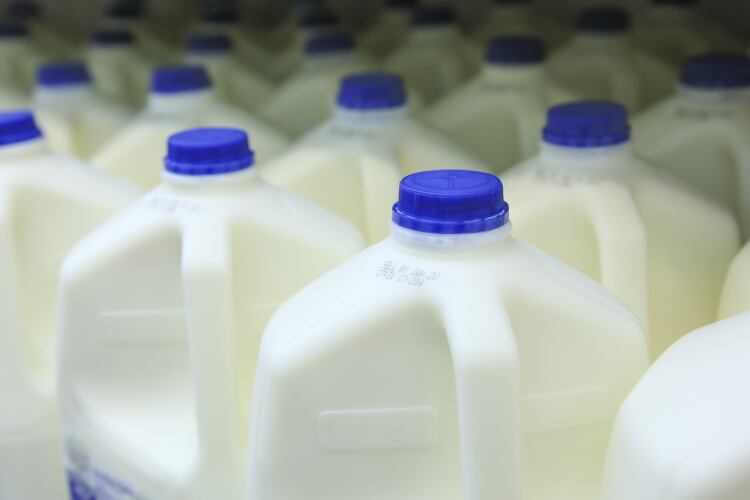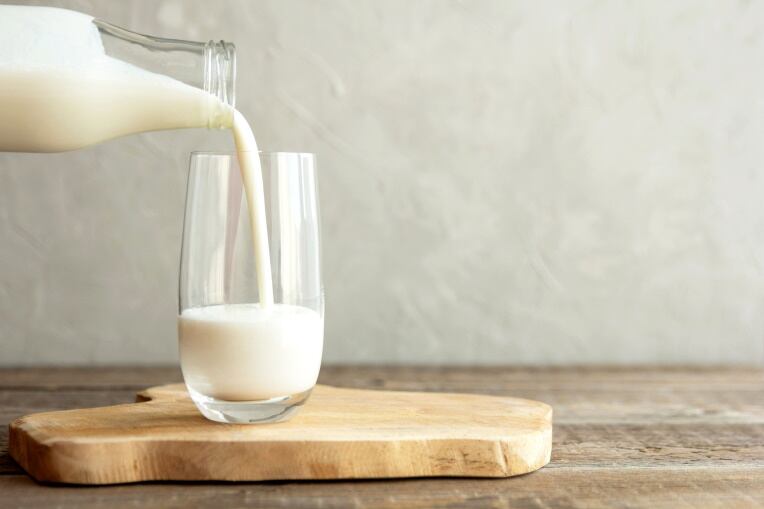Research from Cornell University found consumers will use QR codes to see how long milk is drinkable, a development that the research authors believe could help cut food waste.
Around 19% of all the dairy products purchased by American households are wasted, making it one of the top three most wasted food groups in the country.
Cornell doctoral student in food science, Samantha Lau, set out to assess what interventions could help bring this figure down.
Lau works in the lab of Martin Wiedmann, the Gellert Family Professor in Food Safety in the College of Agriculture and Life Sciences. Collaborating alongside Cornell’s Milk Quality Improvement Program, Lau connected with the Cornell Dairy Bar, which sells fluid milk and ice cream on campus. The aim of her research was to assess acceptance of QR technology.
Customers were presented with a choice: purchasing milk with printed best-by dates or buying containers with QR codes that, when scanned by a smart phone, would display the best-by date.
In the same Cornell Dairy Bar study, Lau placed a dynamic pricing element where consumers were encouraged to purchase milk with a shorter remaining shelf life – by offering a price discount as the best-by date approached.
“During [the] two-month study, over 60% of customers purchased the milk with the QR code, showing a considerable interest in using this new technology,” Lau said. “This revealed that the use of QR codes on food products can be an innovative way to address the larger issue of food waste.”
Fluid milk a food waste focus
The combination of consumers throwing away milk and retailers disposing of product that is past its use-by date means fluid milk is responsible for around 65% of dairy product food waste. The cost of this stands at US$6.4bn annually in the US, according to the paper.
There is an environmental cost as well. Fluid milk production, processing and transportation around the world is responsible for 5.3 pounds of carbon dioxide equivalents for each pound of milk, according to data from the United Nations’ Food and Agriculture Organization.
“We need to do more throughout the whole food system rather than just focusing on one component,” said co-author Wiedmann, who also directs the Milk Quality Improvement Program and is a faculty fellow at the Cornell Atkinson Center for Sustainability.
Helping consumers to discard less food by providing them with more accurate best-by dates and information on when food products can be consumed could save consumers money and reduce environmental impact, he said.
Drinkability, digitalisation and dynamic pricing
With dates printed on cartons, consumers typically buy the milk with the longest shelf-life. But that leaves drinkable milk on store shelves, where retailers are forced to dispose of it when it passes its date, Wiedmann said.
"This makes digital trends valuable, particularly if they’re combined to really allow us to collect data along the food chain.”
Not only could the QR codes accurately inform consumers on drinkability and dynamic pricing, he said, but the technology exists where smart milk cartons could communicate with smart refrigerators to inform a household of the need for fresh milk.
Smart refrigerators ultimately could also tell consumers about a suggested recipe that uses the products in the refrigerator that are close to the end of shelf life, he predicted. “This type of new digital food system infrastructure can reduce food waste.”
Source
'Development of a Monte Carlo simulation model to predict pasteurized fluid milk spoilage due to post-pasteurization contamination with gram-negative bacteria'
Journal of Dairy Science
DOI: https://doi.org/10.3168/jds.2021-21316
Authors: S Lau; A Trmcic; N H Martin; M Wiedmann; S I Murphy



